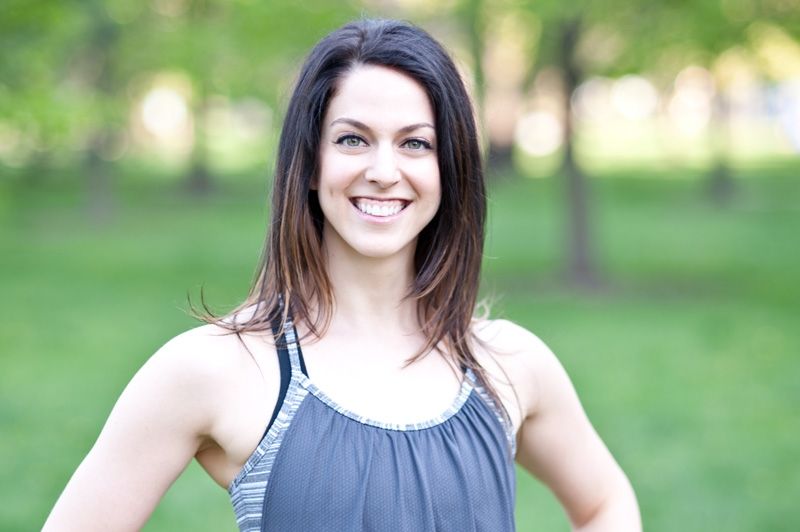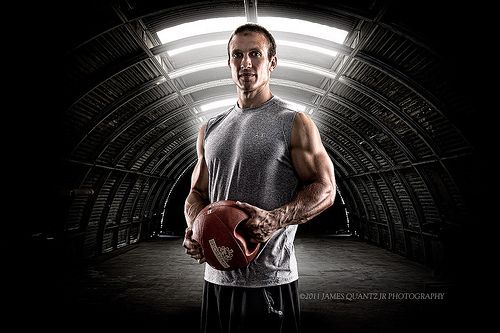Experts of the fitness bar

Lisa Yee
Personal trainer in San Diego, CA.
“Create a safe space for clients, fostering a no judgement - no competition, no comparison place so that change can happen organically.”

Christy Pchuck Giroux
NASM Certified Personal Trainer and co-owner of Prime Fitness in Gaithersburg, MD
“Take continuing education seriously. Invest the time to develop programs with long-term goals in mind. Listen to clients and adjust the programs to meet each individual’s specific needs. Finally, create a long-term career path by working towards becoming a master trainer; that’s one way to help yourself stand out from your peers.”

Chad Yarvitz
NASM Certified Personal Trainer and owner of Xplicit Fitness in San Diego
“Show up on time. Be prepared. In uniform or appropriate clothing. Ability to make a sincere connection with clients and aren’t distracted by every latest fitness fad."

Amanda Lynne
Personal trainer and triathlon coach in Marietta, OH.
“The best trainers are coaches with the ability to empower their clients; consistency and connection leads to empowerment."

Rafal Tokicz
NASM Certified Personal Trainer at the Equinox Sports Club in Washington, D.C.
“Practice what you preach, maintain your own fitness. Anyone can be a trainer but if all of the focus is on the clients it can be easy to overlook your own workout needs as well.”